Boat safaris in Uganda can be experienced in several iconic destinations, each presenting its own unique character and wildlife richness. The Nile River and the shores of Lake Victoria form the heart of these experiences, yet the diversity extends well beyond them, reaching the great lakes and hidden waterways scattered across the country.
Perhaps the most famous of them all is the Kazinga Channel in Queen Elizabeth National Park, a natural waterway that stretches for nearly 40 kilometers, linking Lake George and Lake Edward. This channel hosts one of the densest concentrations of hippos in the world. On its shores, elephants gather in large herds while buffalo, waterbuck, and crocodiles dominate the landscape. Bird enthusiasts find the Kazinga Channel especially rewarding, as more than 600 species have been recorded in the park, with countless sightings occurring along the channel’s banks.
Equally iconic is the Nile River at Murchison Falls National Park, where the longest river on earth demonstrates both its serenity and its fury. The boat journey upstream toward the base of the falls is nothing short of dramatic. The placid waters are dotted with pods of hippos and sunbathing crocodiles until the river narrows, churns, and roars into a thunderous cataract at the foot of the cliffs. This spectacle offers not only extraordinary wildlife sightings but also one of the most powerful natural displays in Africa.
The tranquil waters of Lake Mburo National Park present a more intimate experience. Smaller and less crowded than the major parks, Lake Mburo offers sightings of hippos, crocodiles, and a remarkable diversity of birds, including the African fish eagle, the pied kingfisher, and the elusive African finfoot. The park’s proximity to Kampala makes it a favored option for travelers seeking a shorter yet equally memorable safari.
Beyond the traditional safari parks, the expanses of Lake Victoria, the world’s largest tropical lake, open another dimension of exploration. Here, boat excursions may combine wildlife encounters with cultural experiences, fishing expeditions, or even journeys to the Ssese Islands, where forested landscapes meet sandy shores. In all these locations, the Ugandan waterscape presents an arena where wildlife, culture, and breathtaking scenery merge seamlessly.

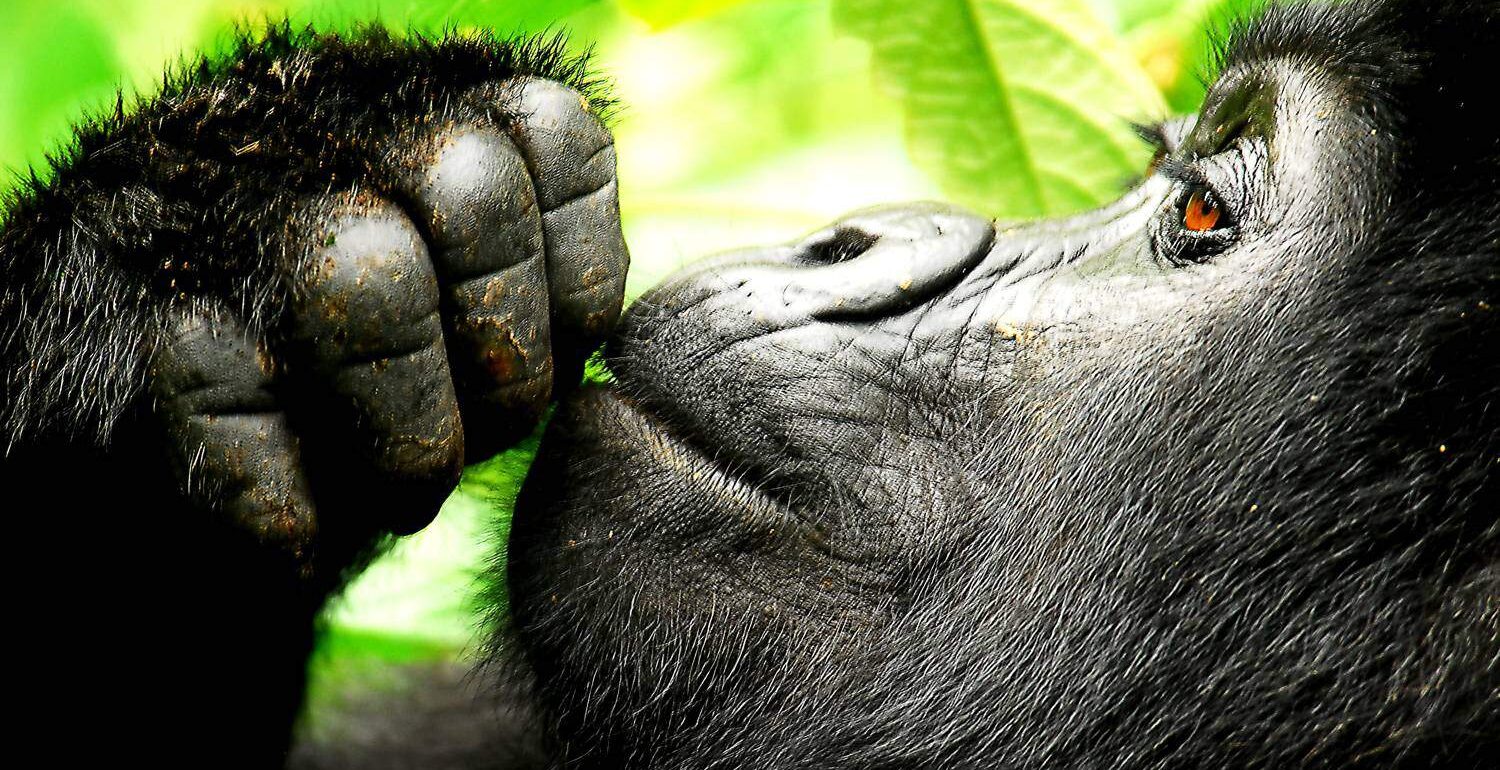
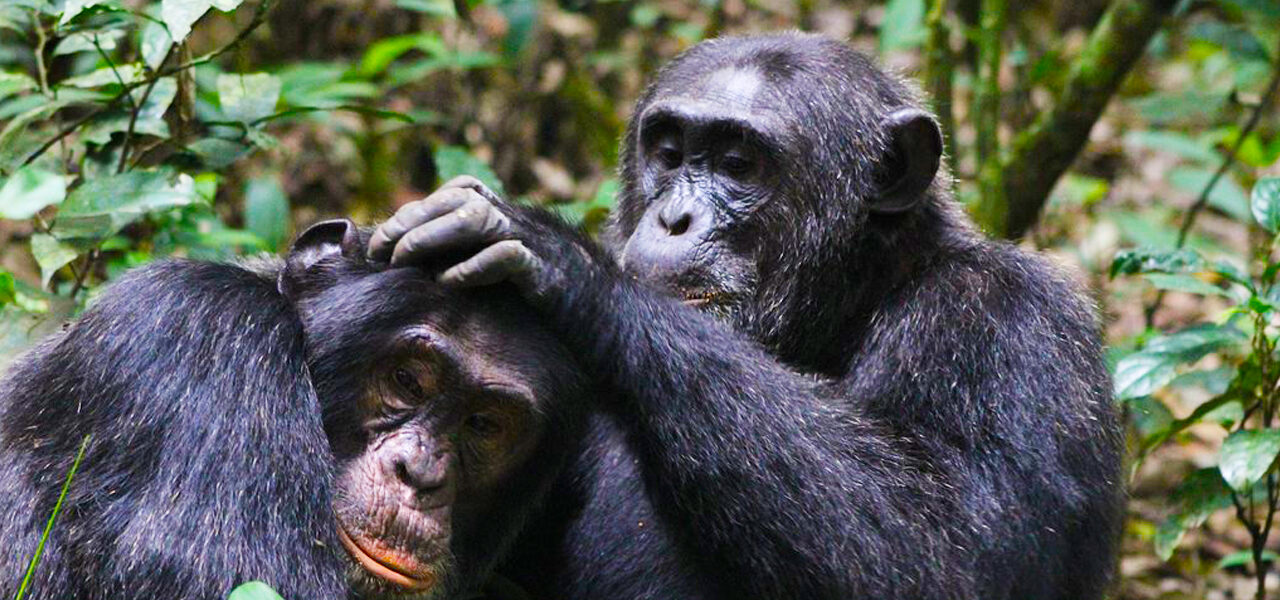
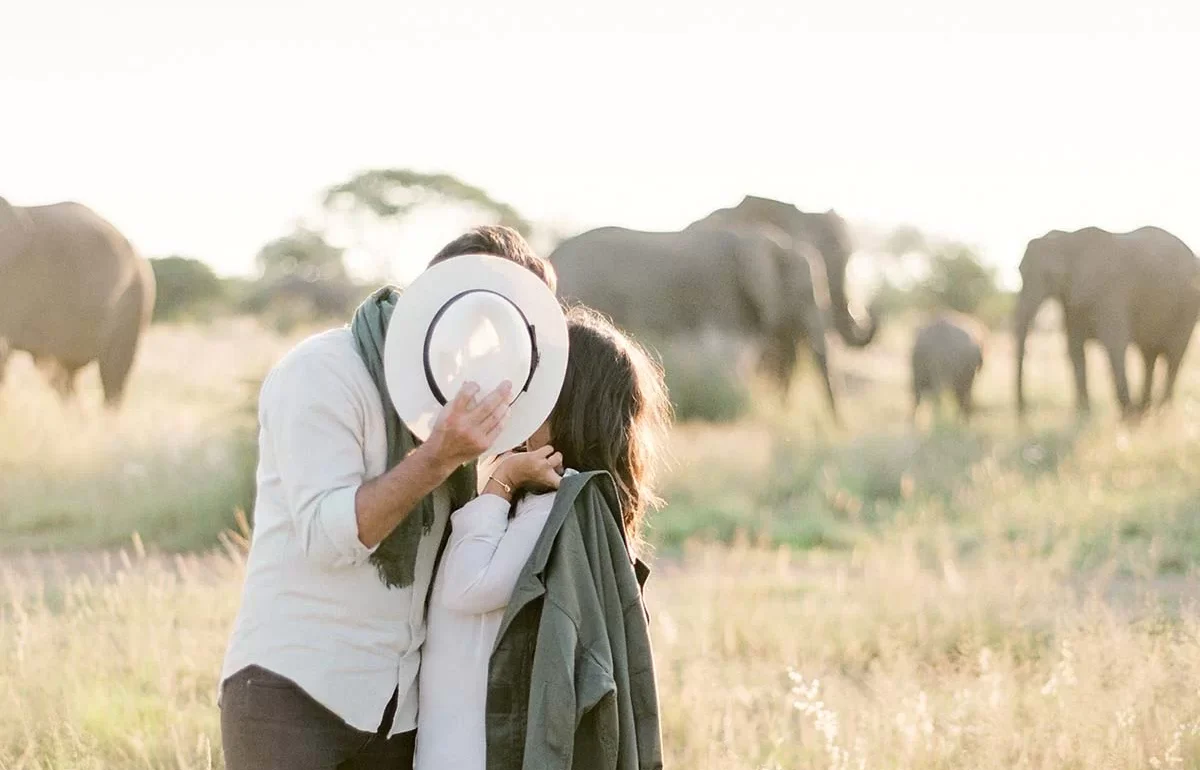
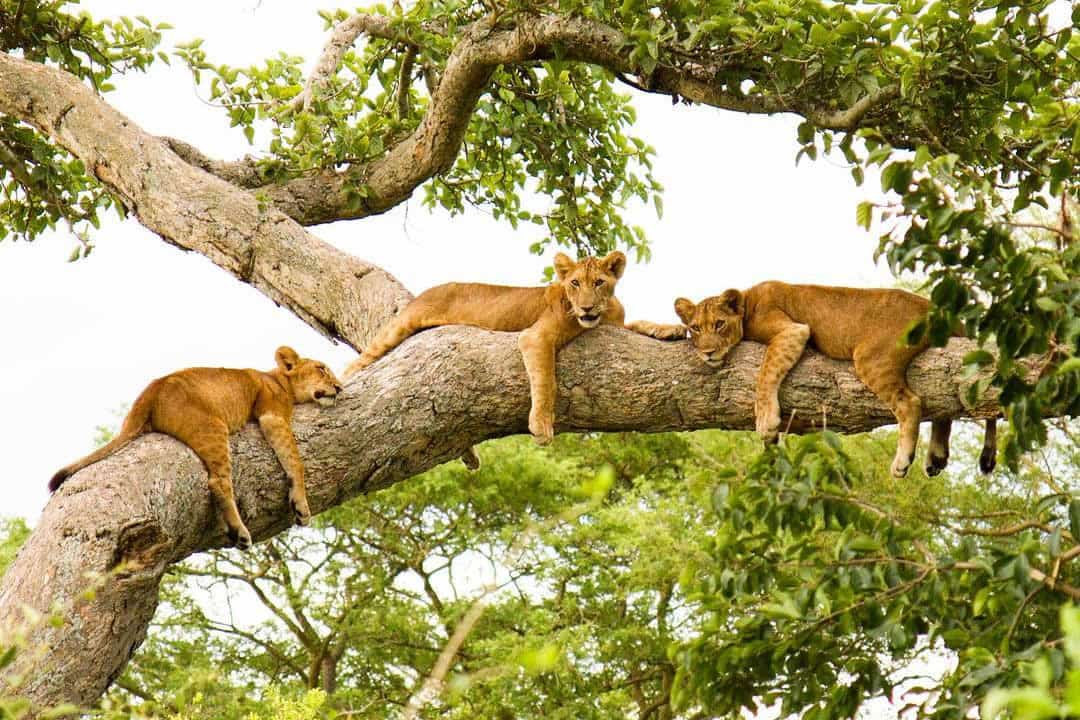
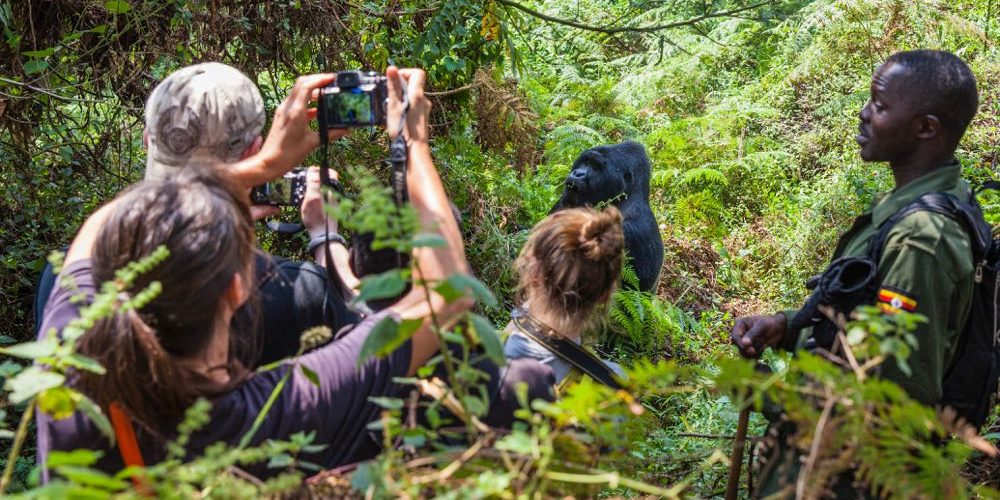
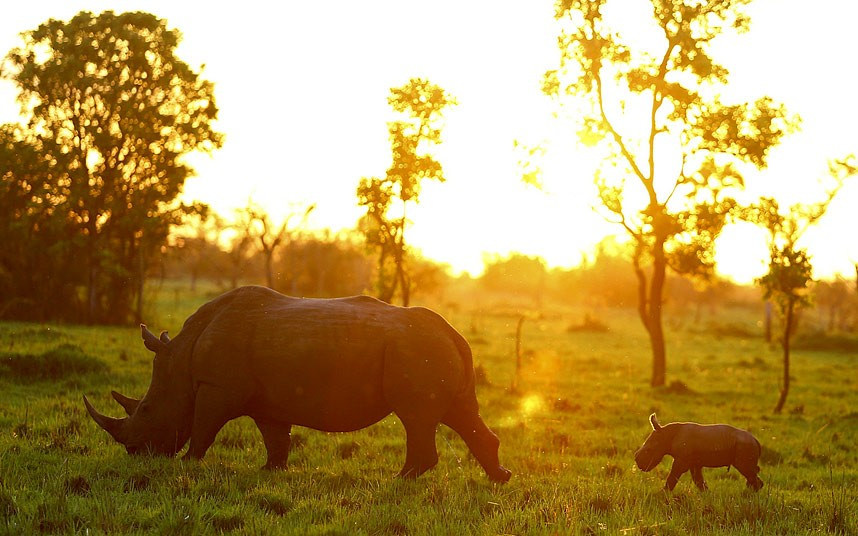

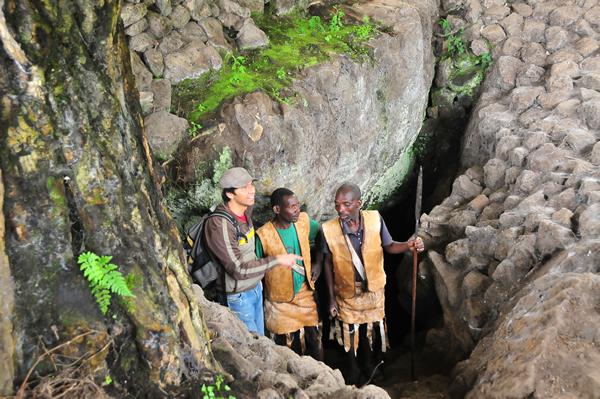

 WildHorn Africa – Authentic and unforgettable tours across Africa, guided by local experts who know the land, wildlife, and culture best.
WildHorn Africa – Authentic and unforgettable tours across Africa, guided by local experts who know the land, wildlife, and culture best.


